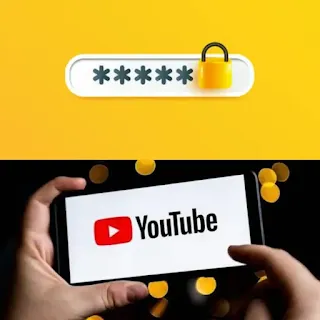We usually use emojis to interact with posts or to respond to a message on social networks, but these symbols may, in fact, be the key to protecting us from hacking.
According to experts, the humble emoji can also play an important role in keeping your passwords safe.
It turns out that emojis can be used when creating a strong password for apps and online accounts. And if you're looking for something that will be impossible to guess, adding emojis can give you an extra layer of security.
Experts pointed out that computers deal with emojis just as they deal with numbers and special characters, such as punctuation marks in a password.
They're also easier to remember than a random set of letters and numbers, and are less likely to be used by hackers trying to guess your password.
Stan Kaminsky, an expert at cybersecurity company Kapersky, told the British newspaper The Sun: “When hackers try to use a password that contains letters, numbers and punctuation marks, there are less than a hundred variations of each symbol they need to choose. There are more "There are 3,600 emojis in Unicode, so adding one to your password forces hackers to go through about 3,700 variants of each emoji."
He continued: “In terms of complexity, a password consisting of five different symbols is equivalent to a regular nine-letter password, while seven emojis are equivalent to a strong password consisting of 13 regular letters.”
Facebook and Instagram users threaten to delete their accounts!
However, it should be noted that not every app allows you to use emojis. So, check if the app or website you're creating a password for will allow you to do so.
You should also be aware that using too many emojis in your password may slow you down if you are trying to log into an account quickly, and using the same emojis repeatedly can also be a giveaway to your password details. For a specific application or website.
“A reasonable compromise is to add an emoji or two to your password to increase its complexity,” Kaminsky explained.
Of course, if you want to make any account more secure, consider taking other measures to enhance your safety, such as two-factor authentication, or making your password longer to make it more difficult to guess.
"Strict measures" taken by YouTube
YouTube is expanding its efforts to eliminate ad blockers. According to a statement published by The Verge, citing YouTube Communications Director Christopher Lawton.
The statement says that the platform "launched a global effort" to encourage users to allow ads or try YouTube Premium, which is a paid service provided by YouTube to watch videos without ads.
If you encounter a YouTube block, you may see a notification that says: “Video playback is blocked unless YouTube is on the allowed list or the ad blocker is disabled.”
YouTube confirmed that videos were disabled for users using ad blockers in June, but Lawton described it as just a "small, global experiment" at the time. Now, the site has expanded that effort. Over the past few weeks, more users who have installed ad blockers have found themselves unable to watch YouTube videos, with a post from Android Authority highlighting the growing number of users unable to use ad blockers on YouTube. .
Lawton asserts that "the use of ad blockers" violates the platform's terms of service, adding that "ads support a diverse ecosystem of creators globally and allow billions to access their favorite content on YouTube."
Facebook and Instagram users threaten to delete their accounts!
YouTube made several changes to the way ads work on its platform this year. The company introduced 30-second, non-skippable ads on its TV app in May, and later began experimenting with longer, but less frequent, ad breaks on TV as well.
YouTube hopes that longer ad breaks will prompt more users to subscribe to the ad-free YouTube Premium service, but a $2 increase in the price of the service and the discontinuation of the cheaper Premium Lite plan may make the option less attractive.






Wow! Vey Interesting!
ReplyDeleteExcellent
ReplyDeleteGood
ReplyDelete